Many things were difficult in the Soviet Union. Expressing a fair and honest opinion without fear of imprisonment and, for some, obtaining food are good examples.
Against that backdrop, the difficulty of building a kit car might seem shallow. However, as with many other things, the products of necessity are fascinating to observe.
"Amateur builders in the USSR have not had the advantage of kit car companies producing all the various bits and pieces that are available in this country for those so inclined," wrote Estonian journalist Margus Kuuse (perhaps the only man in Communist Europe brave enough to write about Western automotive matters) for Autocar on 16 May 1981.
"There is, however, an enthusiastic following who do customise their cars, and an even smaller number who are able to build completely new-bodied vehicles.
"Historically, there has been a three-stage development of this lobby, effected by three sets of differing regulations.
"Designs of the late 1950s carried on the theme of the bubblecar. Russian magazines were full of articles about kleinwagen (small cars), about Isettas, Goggomobiles and Januses. All these ideas filtered through and paved the way for the first Russian minicar, the ZAZ Zaporozhets [of 1960].
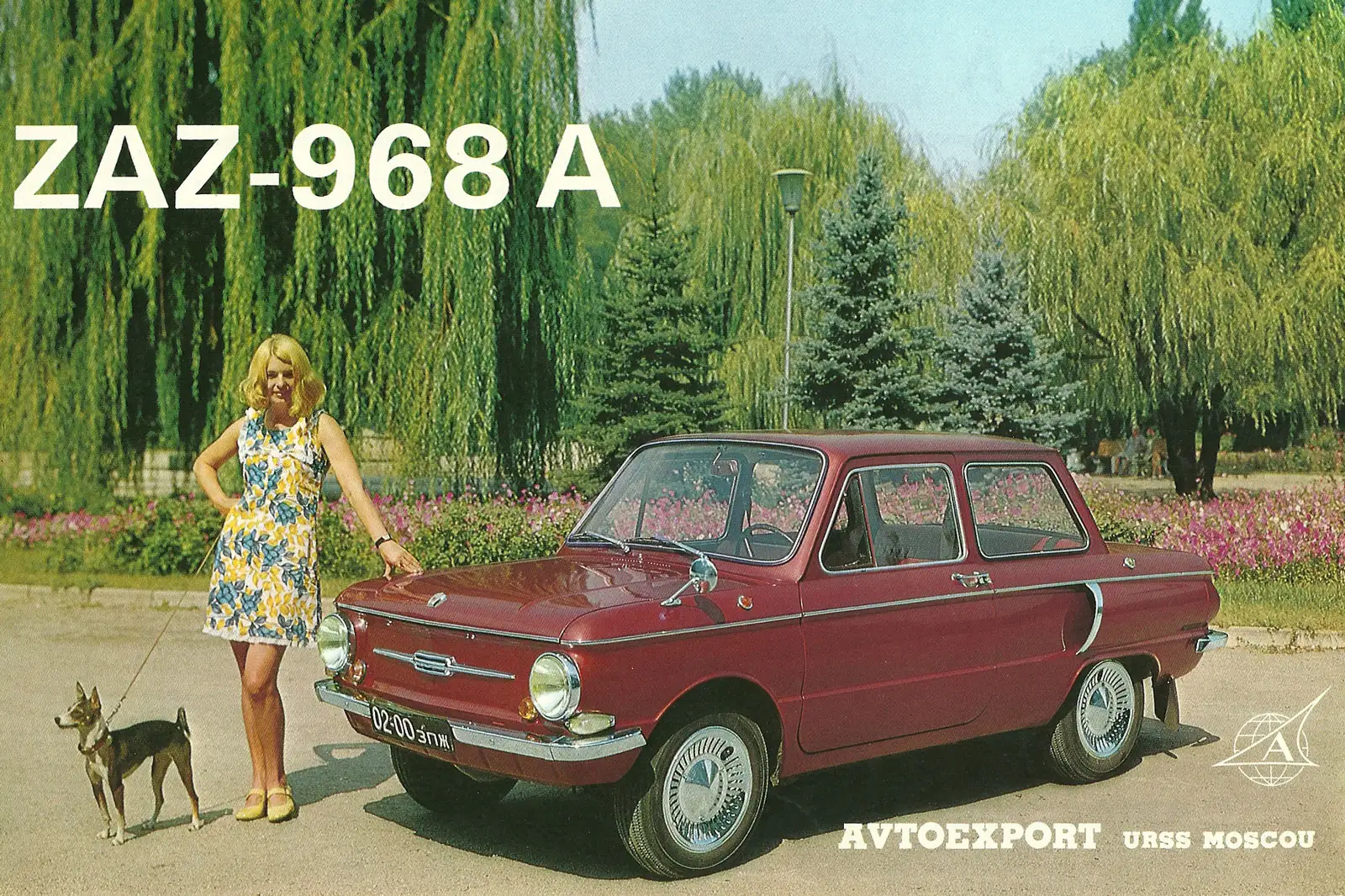
"Regulations of the time restricted engine capacities to 750cc, making only motorcycle engines suitable, and only two units were available, both horizontally opposed two-cylinder four-stroke, one offering 22bhp, the other 28bhp.
"Either three- or four-wheeled vehicles were permissable in these first sets of regulations, but if you built a three-wheeler, your chances of getting a registration were very low. The top speed of such a car was also limited to 31mph, while four-wheelers were allowed a top speed of 44mph.

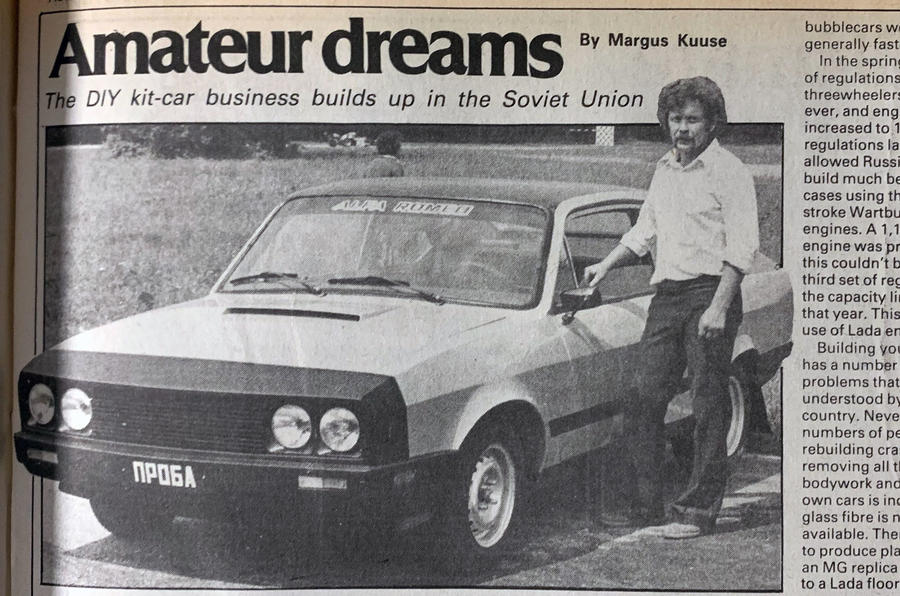





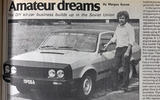






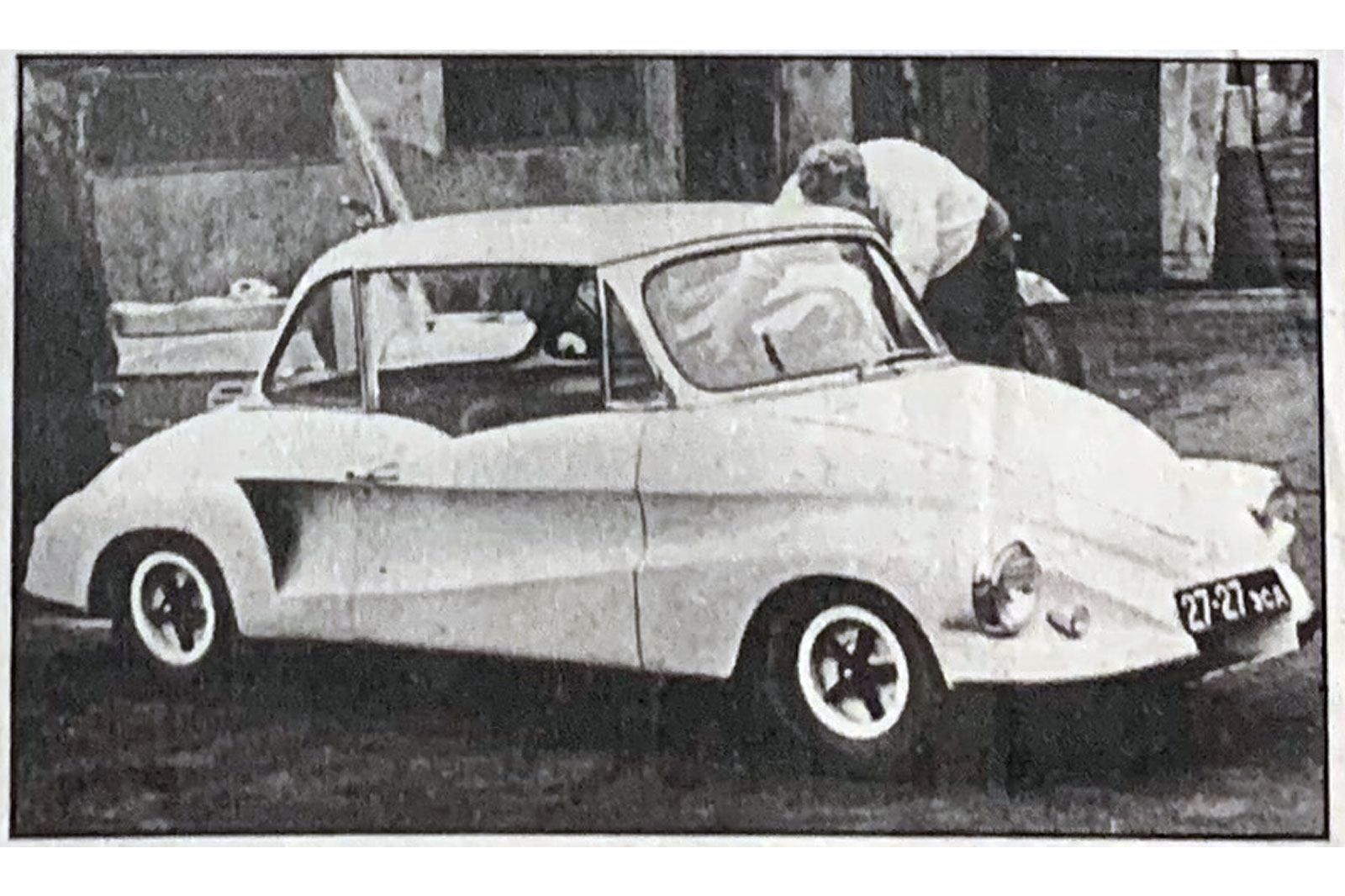
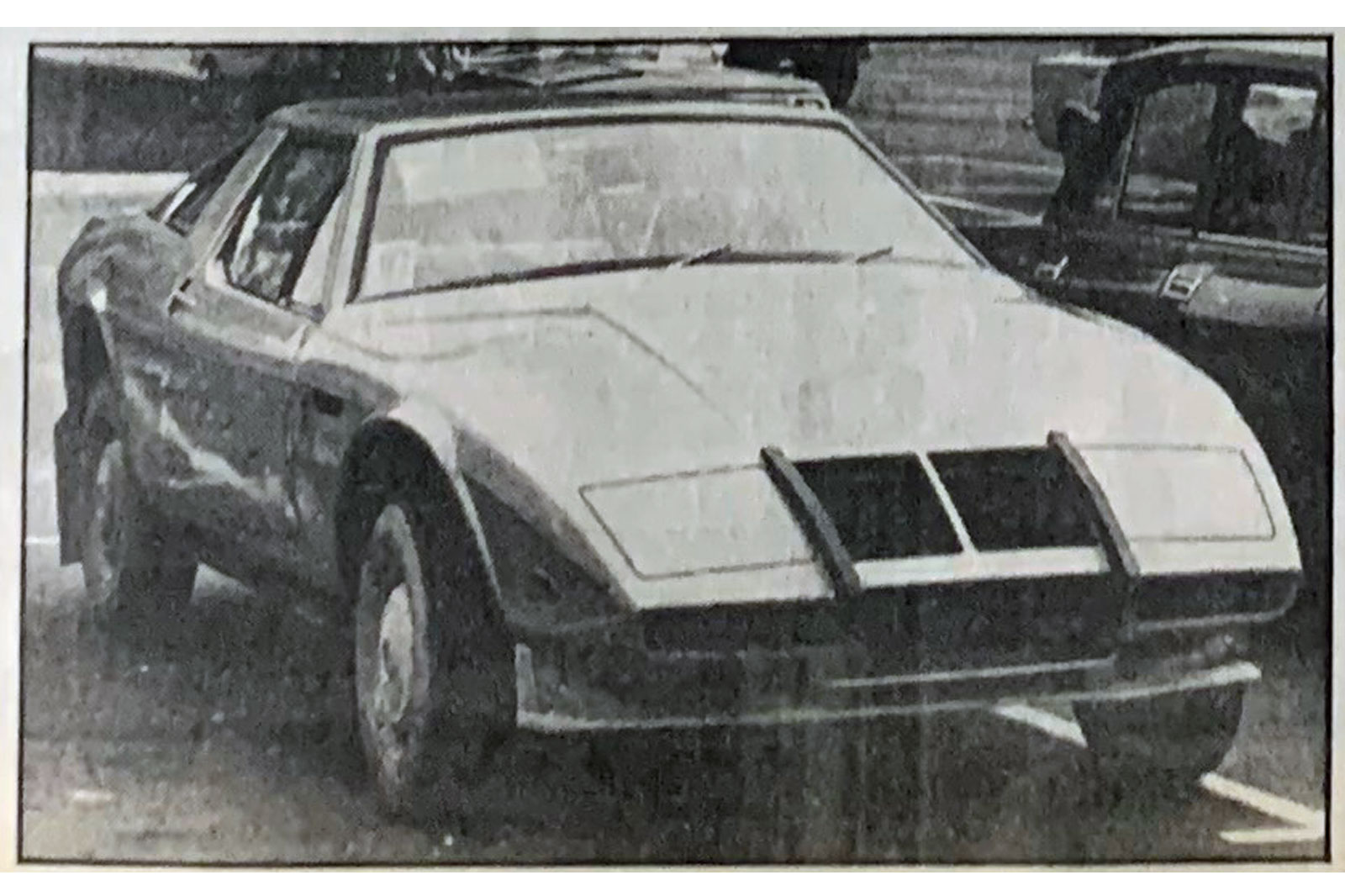



Add your comment